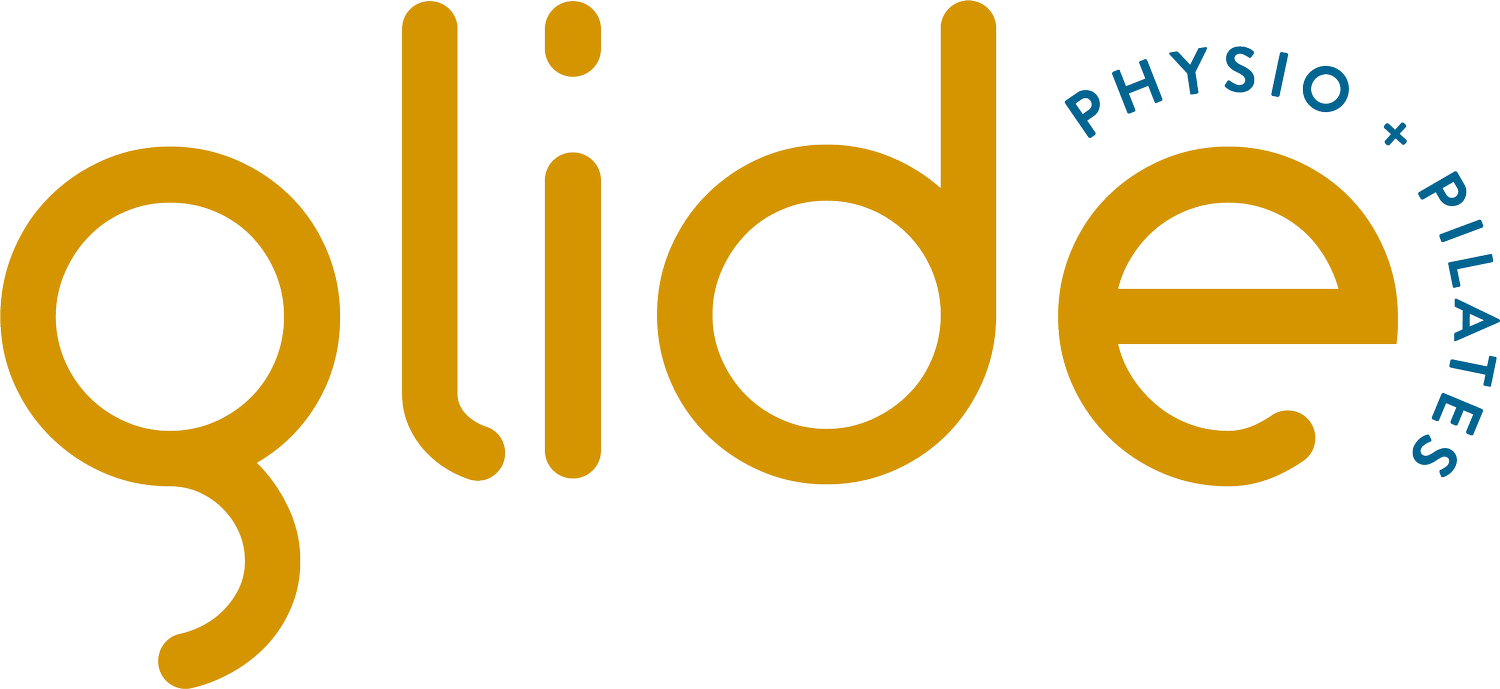Returning to Exercise After Having a Baby: A Guide for New Mothers
Welcoming a new baby is an exciting and transformative time, but it also brings significant changes to your body. As a women’s pelvic floor physiotherapist, I understand the importance of safely returning to exercise postpartum. This guide will help you navigate your journey back to physical activity, ensuring that you’re listening to your body and prioritising your health.
1. The Importance of Exercise Postpartum
Regular exercise is beneficial for everyone, including new mothers. According to Australian exercise guidelines, adults should aim for:
- 150-300 minutes of moderate-intensity aerobic activity or 75-150 minutes of vigorous-intensity activity each week.
- Muscle-strengthening activities on at least two days per week.
For new mothers, exercise offers additional benefits:
- Improved mood and reduced risk of postpartum depression.
- Increased energy levels to help manage the demands of motherhood.
- Enhanced muscle strength and endurance, crucial for daily tasks like lifting and carrying your baby.
2. When Is Your Body Ready to Exercise Again?
After childbirth, it’s essential to give your body time to heal before jumping back into your pre-pregnancy exercise routine. The recovery process varies for everyone, so tuning in to your body’s signals is key. Here are some general guidelines to consider:
- Pelvic Floor & Core Recovery: Your pelvic floor muscles and core have undergone significant changes during pregnancy and childbirth. Before returning to higher-impact activities like running or gym classes, ensure these muscles are strong and functional.
- Self-Assessment or Professional Check: If you’re unsure about your readiness, consider a pelvic floor assessment with a physiotherapist who can help determine whether your body is prepared for more intense exercises.
3. Suggested Timeline for Returning to Exercise
Every woman’s recovery timeline is different, and it’s important to remember that these are general guidelines:
- 0-2 Weeks Postpartum: Rest and recovery are your priorities. Gentle walking and light stretching can be beneficial, but avoid any strenuous activity.
- 2-6 Weeks Postpartum: You can gradually introduce low-impact exercises like walking. This period is also ideal for beginning gentle pelvic floor muscle exercises and core activation.
- 6-12 Weeks Postpartum: Around this time, you may be ready to start low-impact activities like swimming or postnatal Pilates. These exercises focus on rebuilding core strength and improving overall fitness without putting too much strain on your body.
- 12 Weeks and Beyond: If your pelvic floor and core muscles feel strong and you’re free of symptoms like leakage, heaviness, or pain, you can gradually return to higher-impact activities like running or high-intensity gym classes. However, some women may need longer before they’re ready, especially if they experienced complications during childbirth.
4. Gradual Progression is Key
When returning to exercise, it’s crucial to progress gradually:
- Start with Low-Impact Activities: Walking, swimming, or postnatal Pilates are excellent choices for the early postpartum period.
- Increase Intensity Slowly: As your body adapts, gradually increase the duration and intensity of your workouts. Focus on core strength and pelvic floor stability before adding high-impact exercises.
- Incorporate Rest Days: Listen to your body and allow time for recovery. Rest days are just as important as active days in your exercise routine.
5. Signs Your Body May Need More Time
It’s essential to recognize if your body isn’t ready to resume more intense exercise:
- Pelvic Floor Symptoms: Urinary leakage, urgency, or a feeling of heaviness in your pelvis are signs that your pelvic floor may need more time or targeted rehabilitation.
- Abdominal Issues: If you have diastasis recti (separation of the abdominal muscles), you may need specific exercises to heal before engaging in more strenuous activities.
- Back or Pelvic Pain: Pain during or after exercise should not be ignored. It may indicate a need for further assessment or modifications to your exercise routine.
6. When to Seek Help
If you experience any of the above symptoms or are unsure about your readiness to return to exercise, it’s important to seek professional advice. A women’s health physiotherapist can provide personalized guidance and support to help you safely achieve your fitness goals.
Conclusion
Returning to exercise after having a baby is a journey that requires patience and attention to your body’s unique needs. By following these guidelines and listening to your body, you can gradually rebuild your strength and fitness, enjoying the many benefits that regular exercise offers. Remember, every postpartum journey is different, so take the time you need to heal and feel confident in your return to physical activity.
